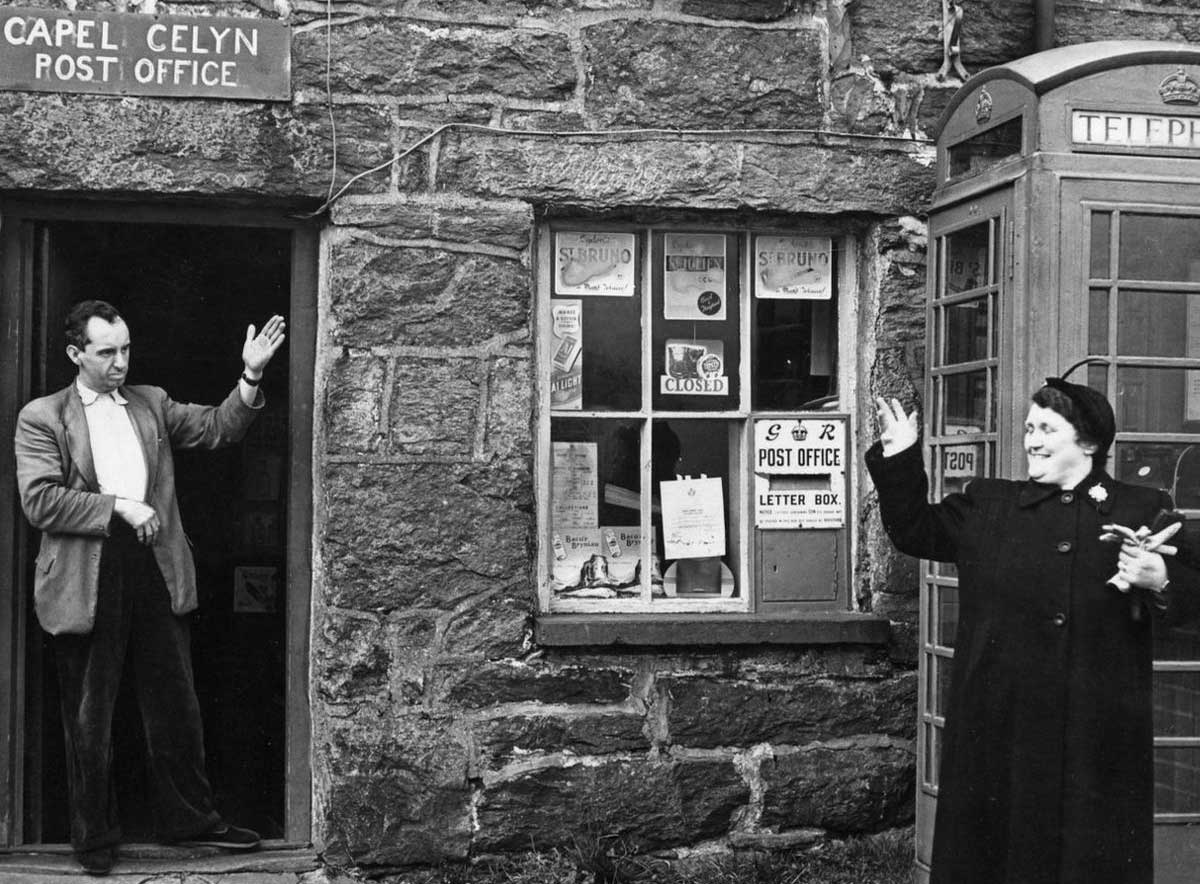Get in the Sea
Rediscovering the disappeared towns and settlements across Britain.

After hundreds of years of habitation, what causes a village, town or city to disappear? In the case of Capel Celyn in north Wales, it was water. In the late 1950s Liverpool was in need of a new reservoir to serve its growing population. In 1960 – bypassing the Welsh planning authorities – a bill was passed in Parliament to allow for the ‘development’ of the village. Residents were served with eviction notices, the land was levelled, houses knocked down, corpses removed from the graveyard. Finally, in 1964, the water was released and the village was drowned.
The demise of Capel Celyn is the last of eight similarly ‘lost’ settlements explored in Shadowlands. The earliest is Skara Brae, a neolithic village on the island of Orkney, where the use of local sandstone as a building material instead of wood means that we still encounter tangible traces of the lives of its residents today. Furniture, beds and other household objects remain within the remarkably well-preserved homes. The cause of Skara Brae’s disappearance is less clear than Capel Celyn’s, of course. One theory suggests that the technological advancements of the Bronze Age could have bypassed the village due to its remote location; another suggests that climate change could be the cause.
At Dunwich, a village in Suffolk that was once a powerful medieval port city which rivalled London in size, the climate was certainly the destructive force. A combination of coastal erosion and brutal storms in the 13th and 14th centuries brought about the gradual fall of much of the city into the sea. Winchelsea, near Rye on the south coast of England, survived a similar fate in the 1280s, becoming one of the reported 286 villages, parishes or islands in western Europe to be lost to the waves between 1099 and 1570.
Winchelsea was at least rebuilt, with New Winchelsea constructed at great expense by Edward I. Built in a modern grid system, with many underground cellars, the new settlement became an important place for the wine trade in medieval England, which Matthew Green explores in entertaining detail. Eventually New Winchelsea succumbed too. Following a particularly violent raid in 1360 an estimated 1,500-3,000 French soldiers razed the town and murdered hundreds of its inhabitants. New Winchelsea continued to send two MPs to Parliament until the 17th century, despite having a population of around 100.
While Green’s ability to craft a compelling narrative from archive research is impressive, Shadowlands is at its best when the author details his own first-hand experiences visiting each site. In Powys, Green conducts an interview with archaeologist Stuart Wilson, who, following a discovery by a local farmer in 2002, has found fame excavating what he claims is the subterranean medieval city Trellech. This despite a feud with other archaeologists who have been studying the nearby countryside for decades. We also join Green on a tour (guided by military personnel) through STANTA, a cluster of Norfolk villages acquired by the Ministry of Defence during the Second World War to train troops for the D-Day landings. The land was never returned and the villages went on to be repurposed as model settlements, often staffed with actors, for training against a range of enemies, from the Nazis, to the Red Army, to the Taliban. As with the other case studies in Shadowlands, Green explores the past while actively interrogating the present. With this book he breathes life into what has been lost.
Shadowlands: A Journey Through Lost Britain
Matthew Green
Faber 368pp £20
Buy from bookshop.org (affiliate link)
Robert Greer is a London-based writer and works at Prototype Publishing.